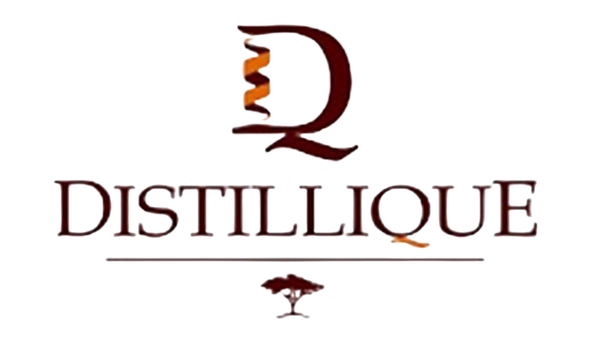Charring Levels in Barrels
adminOnce a cooper has selected their oak type, barrel size and seasoning qualities they can then select which level of thermal degrading to apply to the inside of the cask relative to the liquid it will have in it and the desired character of that liquid.
What is the difference between Toasting and Charring?
The two most common types of thermal degrading are toasting and charring.
While toasting is a generally common practice for all barrels used in Wine, Fortified Wine and Cognac; charring is a direct result of the American whiskey process. ‘Straight Bourbon’, ‘Tennessee’ and ‘Straight Rye’ whiskeys are restricted by law to only using new charred barrels. And with over 700 registered whiskey distilleries across the United States, it should come as no surprise that the majority of the worlds matured spirits are done so in ex American charred barrels.
Can I reuse a Barrel?
While Scotch cooperage’s also actively engage in charring, it’s predominantly for the use of reinvigorating ex American whiskey barrels.
Traditionally, a barrel filled 4 times represented the end of a barrels life, but with such high demand and low supply of barrels these days, most cooperage’s engage what is known as ‘dechar / rechar’ to further extend the life of a barrel.
Dechar simply scrapes off the old alligator charring on the wood, taking the oak back down to a near fresh grain before the barrels are then recharred at up to 1400° Celsius ready for a fresh fill.
Generally speaking, the only time a whisky might meet a non-charred Barrel is when they are adding a unique ‘finish’ to their spirit. Sherry, Port and Madeira Barrels used for maturing are the best examples as they are almost always toasted. Deep charring tends to overwhelm the delicacies of most fortified wines.
Even when these same barrels are purchased by Scotch producers for use as a finish to their whisky, they don’t need to be reinvigorated like ex bourbon barrels, as doing so would remove most of the wine flavors already absorbed into the oak. And with the average sherry butt selling for almost 14 times the price of an ex American whiskey barrel, you’ll want to get your moneys’ worth.
Why do we Char Barrels?
There are three reasons why barrels are charred;
- To generate a layer of active carbon which removes undesirable flavor substances
- To effect the release and dissolution of flavor compounds such as vanillin during maturation
- To yield color and phenolic substances which result in new flavor compounds by oxidative interactive reactions
In basic terms, charring helps to open up micro channels allowing the spirit to absorb deep into the oak, further extracting aromatic aldehyde’s, increasing the release of vanillins and further absorbing undesirable flavor congeners in the process. By converting the top layer of oak into carbon charcoal, some of the wood sugars (hemicellulose) are converted into caramel notes while also acting like an activated carbon filter in a water bottle and filtering out unpleasant sulfur flavor compounds.
What are the different Levels of Char?
While charring is an exciting process to witness in any cooperage, as always, there is further devil in the detail.
For a traditional whisky distiller, there are four core char levels simply graded from numbers 1-4 with the lower number representing a shorter exposure to heat and softer char level.
- No.1 Char: 15 seconds
- No.2 Char: 30 seconds
- No.3 Char: 45 seconds
- No.4 Char: 55 seconds (a.k.a. ‘alligator char’ due to its textured skin)
While the vast majority of American Whiskey distillers prefer either a No.3 or No.4 char on their barrels, a number of distilleries have experimented with even heavier levels. Buffalo Trace Distillery, as an example, released a No.7 Heavy Char Barrel Bourbon.
The overall difference between a No.3 and No.4 char on a Whisky as explained by Brad Boswell, the President and fourth-generation cooper of the Independent Stave Company:
“The lighter char preserves more of the natural oak aroma and flavor (think a little spicy, a little earthy, with a touch of cedar). The heavier char provides more color and caramelization. Tannins will vary between these two types of barrels. The heavier char can also provide for more of a sweet smoke note that is often desired.”
In addition to the selected char level, the alcoholic strength of the spirit within also influences the rate and reaction of the char. The strength of an alcohol varies the release of flavor compounds in toasted or charred oak as it would if you were macerating your own aromatic bitters. A higher proof spirit tends to release richer levels of vanillins from char while lower strength sees less vanilla release but more sweetness from natural sugars.
Barrel sizes, conditioning, charring and chemistry all play essential roles in defining the final character of a mature spirit.
